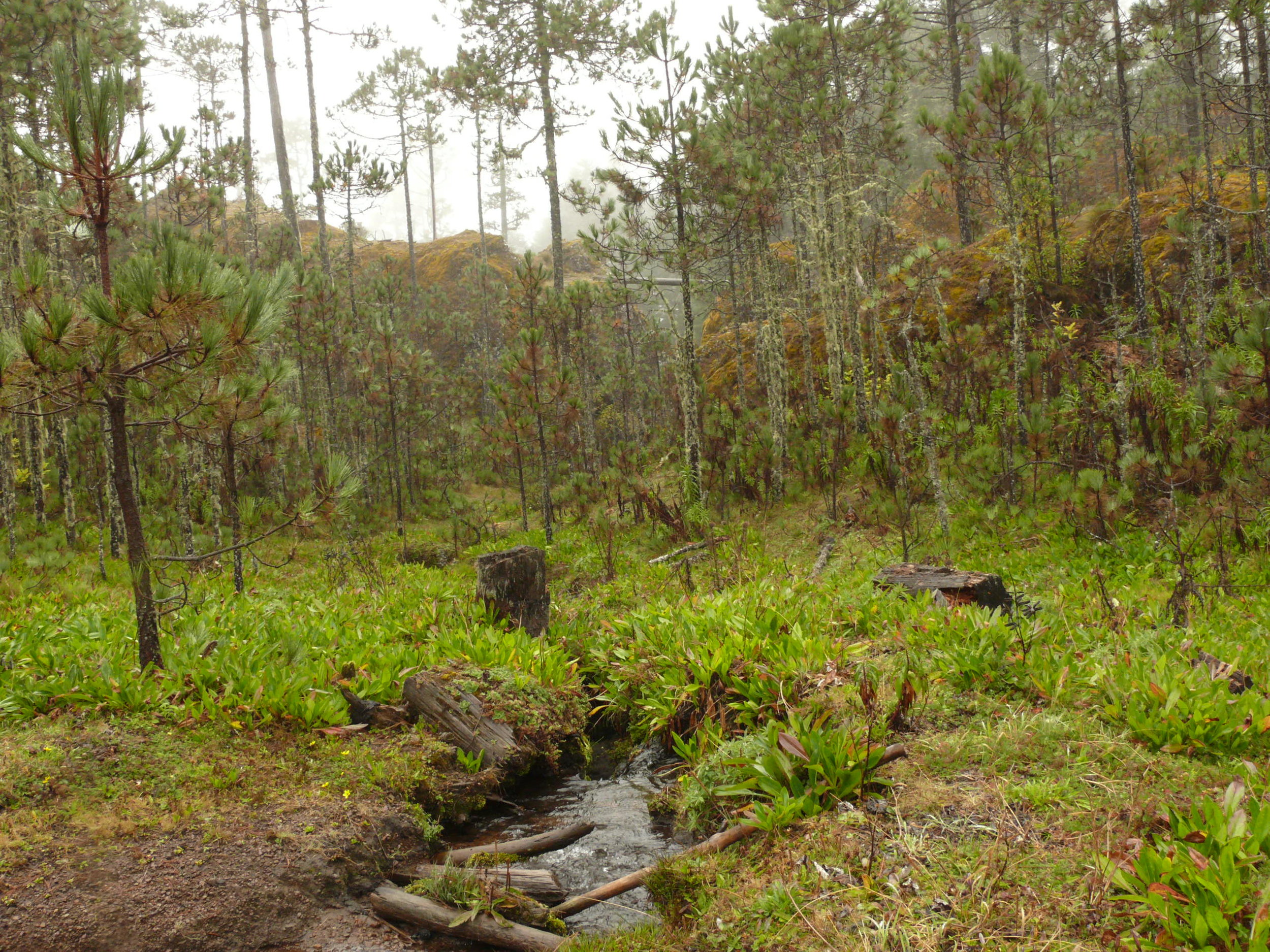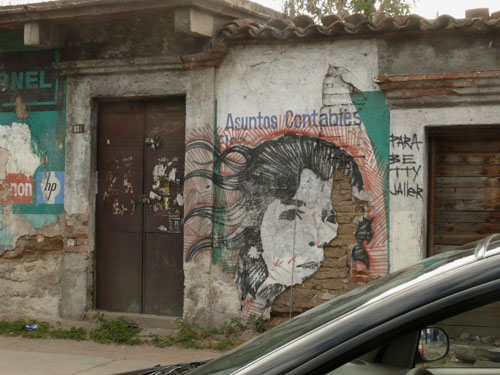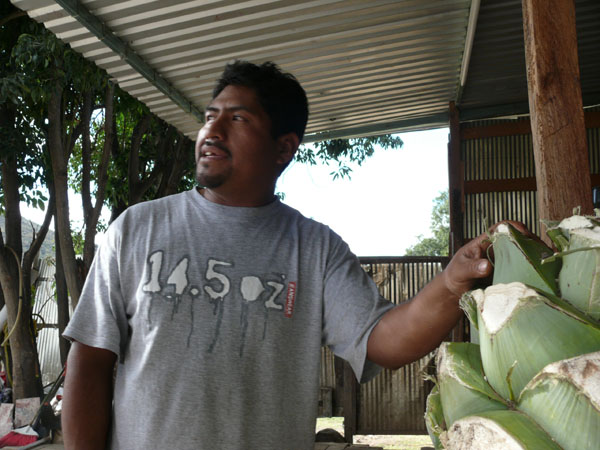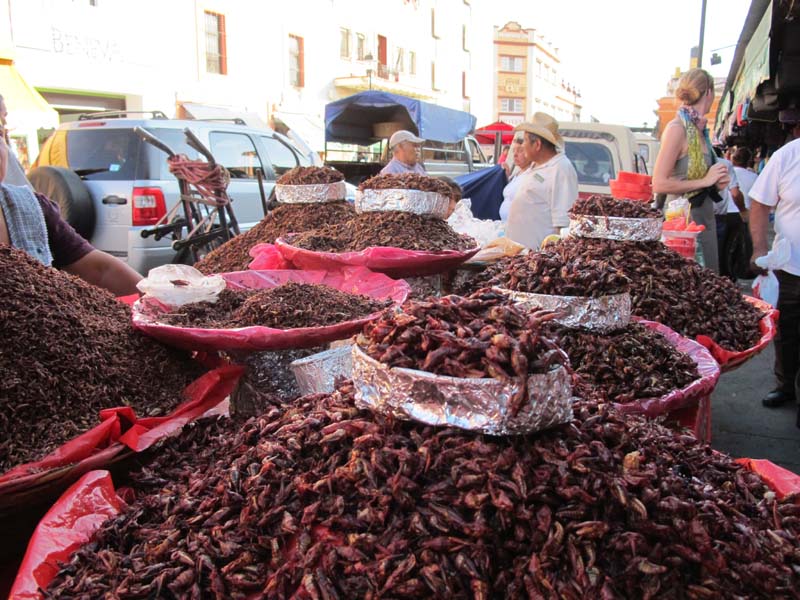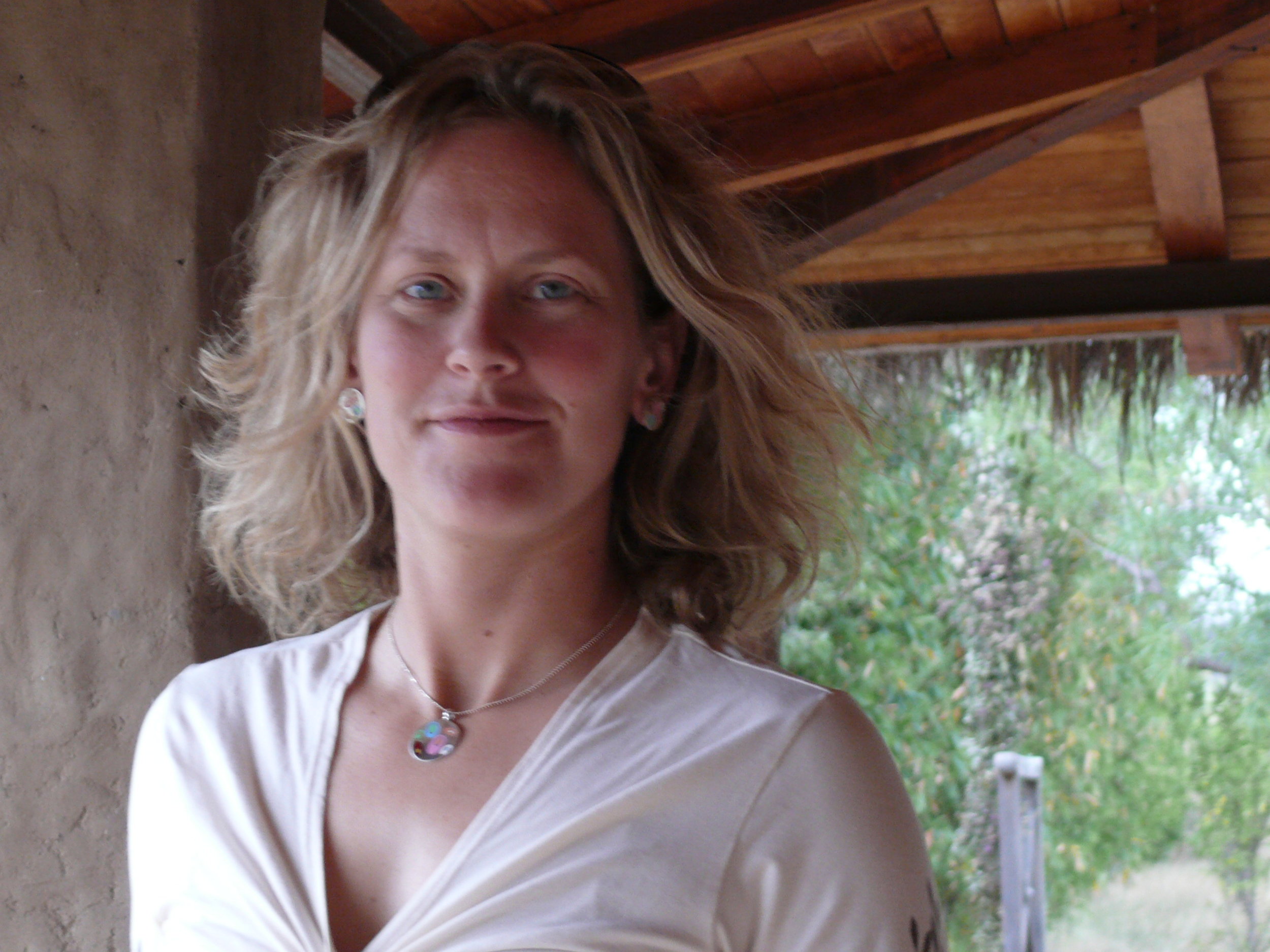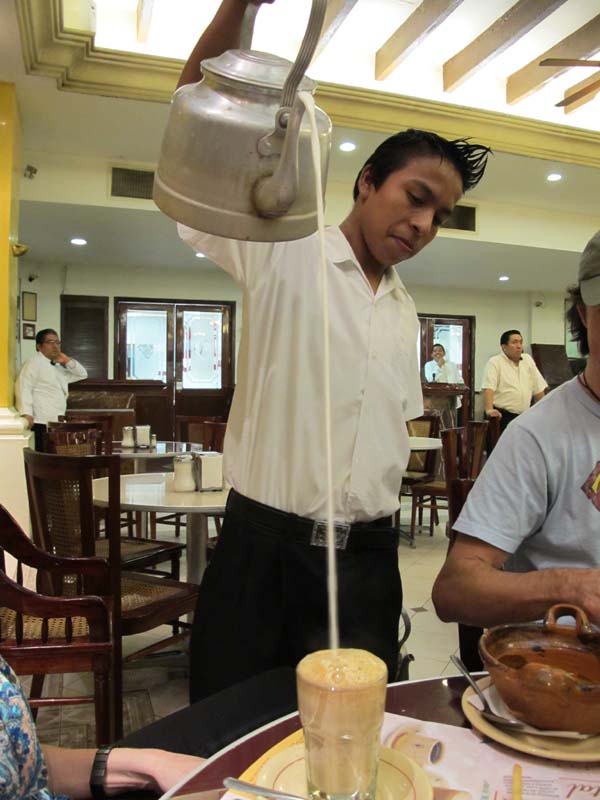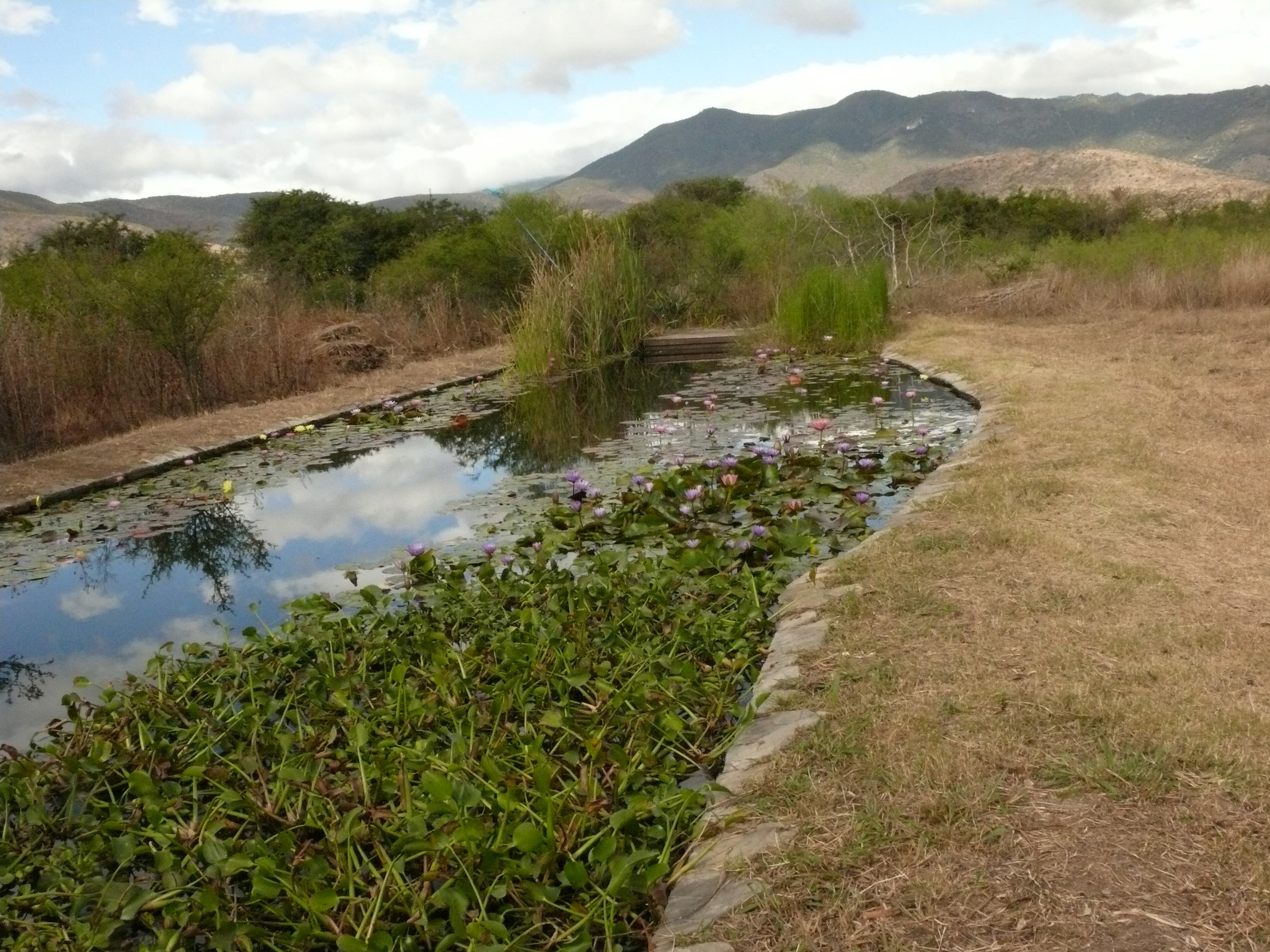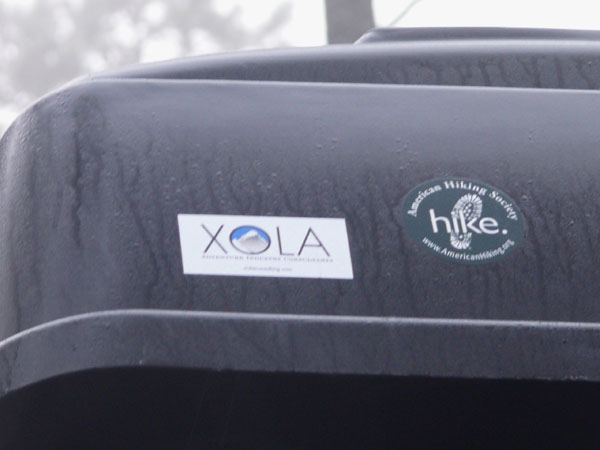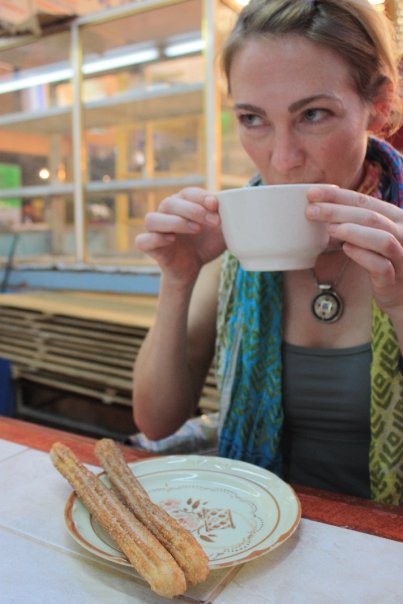OAXACA
Communities Sync To Their Environment
In Oaxaca, approximately 80 percent of forest land is under community control, and finding business models that are sustainable for the environment and compatible with community structures can be a challenge. The environment suffers from deforestation and forest degradation as a result of land-use change for cattle farming or agriculture, illegal logging, forest fires and pests, and other events such as hurricanes and other natural disasters. In spite of all this however, efforts to support local communities in finding economic opportunity through means that preserve the forests have found success.
The Pueblos Mancomunados, a group of Zapotec communities in Oaxaca's Sierra Norte, is one such success. The Pueblos Mancomunados has focused on supporting trekking visitors between its six villages since the early 1990s. Some sections of the pine forests under this community's control have even been noted by the World Wildlife Fund for their conservation value: "The pine-oak forests of north Oaxaca contain a high number of endangered species; thus their value for conservation is outstanding in terms of the uniqueness of the habitat that supports these species."
Alongside the tourism efforts, there has been persistent and persuasive encouragement for sustainable lifestyle through permaculture education from Pablo Ruiz Lavalle, at Tierra del Sol in San Jeronimo Tlacochahuaya, Oaxaca. At Tierra del Sol, Lavalle and his team have for the past 15 years demonstrated how small plots land, non-GMO seeds, composting, and natural irrigation systems can be used to support communities in sharp contrast to destructive large-scale farming methods.
When we were working in Oaxaca to understand the strategic support needed from government to help foster adventure tourism development, the natural fit between the work of Pablo Ruiz Lavalle and the community leader Adelfo Luis Martinez of Pueblos Mancomunados became evident. Here were two shining examples of how local people are able to sync to their environment, defining business models that aligned not only with their personal passions but also with the environment. Of course there are difficulties at times - for example with the Pueblos Mancomunados there is some friction with the government around use of tourism revenues. Although government funding paid for the operational infrastructure for tourism in these villages, the local communities must manage them. While government agencies say revenues from tourism should be sufficient to cover operating and maintenance expenditures, traditional government and social structure guide where community revenue should be spent, with the communities often choosing to build schools, a clinic, or road.
When I'm in the trenches working to answer a specific question - such as in Mexico where our goal was to define a national adventure tourism strategy - it is often easy to overlook a powerful message simply because it's not on my agenda. In hindsight the key learning from my time in Oaxaca is that local communities know how to work with their environments: the only thing needed from the rest of us is simply to encourage and support them in the effort.

